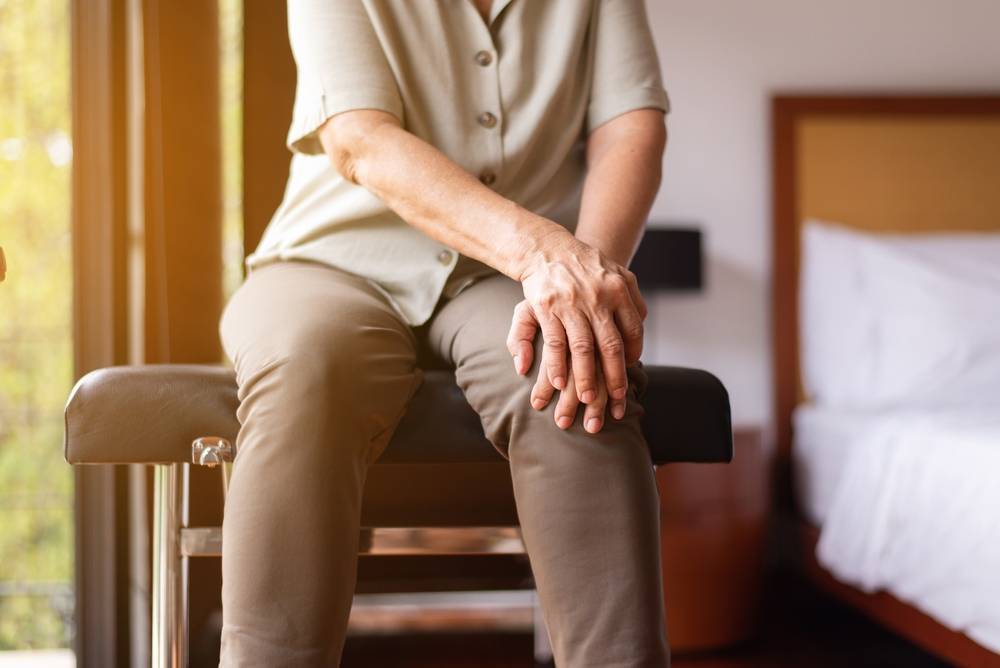Osteoporosis, a progressive bone disease characterized by low bone mass and the deterioration of bone tissue, has been a cause for concern across the globe.
This silent ailment affects millions of people, often leading to an increased risk of fractures and reduced quality of life. But are Asians more prone to osteoporosis? Let’s explore the cold, hard facts and debunk some common misconceptions surrounding this disease.
The Prevalence of Osteoporosis in Asia
Studies reveal that the disease is indeed a significant public health issue in Asia. A comprehensive review published in the Journal of Bone and Mineral Research found that the overall prevalence of osteoporosis in Asia was 14.8% among adults aged 50 years and older, with a higher rate in women at 24.8% compared to men at 6.3%.
Asian women, in particular, seem to be at a higher risk for osteoporosis. A study published in Osteoporosis International reported that postmenopausal Asian women had a 2.8 times higher risk of osteoporosis-related fractures compared to Caucasian women. Similarly, the Asian Federation of Osteoporosis Societies (AFOS) estimates that around half of all hip fractures worldwide will occur in Asia by 2050.
Genetic Factors: The Role of Ethnicity
The role of genetics in osteoporosis risk among Asians cannot be ignored. A meta-analysis published in the American Journal of Epidemiology suggests that genetic factors significantly contribute to bone mineral density (BMD) differences between Asian and Caucasian populations. Lower BMD among Asians may predispose them to a higher risk of osteoporosis and fractures.
Lifestyle and Environmental Factors
Several lifestyle and environmental factors contribute to the higher prevalence of osteoporosis among Asians. Some of these factors include:
- Diet: Traditional Asian diets, which are low in calcium and vitamin D, can adversely impact bone health. A study in the Journal of Nutrition found that calcium intake in most Asian countries is far below the recommended daily allowance.
- Physical activity: Insufficient physical activity, particularly weight-bearing exercises, can lead to reduced bone mass and a higher risk of osteoporosis.
- Sun exposure: Limited sun exposure due to cultural practices or urban living can result in lower vitamin D levels, affecting bone health.
- Smoking and alcohol consumption: High rates of smoking and alcohol consumption among certain Asian populations can exacerbate the risk of osteoporosis.
Prevention and Management: Combating Osteoporosis in Asia
To effectively address the growing burden of osteoporosis in Asia, a multipronged approach is necessary. Some key strategies include:
- Awareness and education: Increasing awareness about risk factors, prevention, and management strategies can empower individuals to make informed decisions about their bone health.
- Nutrition: Encouraging adequate calcium and vitamin D intake through dietary sources and supplements can help prevent and manage osteoporosis.
- Exercise: Promoting regular weight-bearing exercises and a physically active lifestyle can contribute to improved bone health and reduced risk of fractures.
- Screening and early intervention: Regular bone density screenings and timely interventions for high-risk individuals can help prevent the progression of osteoporosis and minimize fracture risk.
The evidence is clear: the disease is a significant health concern among Asians, particularly women. Genetics, lifestyle, and environmental factors all contribute to the higher prevalence of this disease in the region.
Breaking Stereotypes: Osteoporosis Affects All
Osteoporosis is not limited to any specific ethnicity or gender; it can affect anyone. Although the prevalence of this condition is higher among Asians, it’s crucial to recognize that osteoporosis is a global concern, impacting people of all races and backgrounds. By debunking myths and stereotypes surrounding the disease, we can promote a more inclusive understanding of this debilitating disease and work together to prevent and manage it.
Collaboration and Research: The Way Forward
Collaborative efforts between researchers, healthcare professionals, policymakers, and the public are essential for addressing this epidemic in Asia. By sharing knowledge, resources, and best practices, we can develop effective strategies to prevent and manage osteoporosis in the region. Furthermore, continued research on the unique genetic, lifestyle, and environmental factors that contribute to the higher prevalence of osteoporosis among Asians will enable more targeted and personalized interventions.

